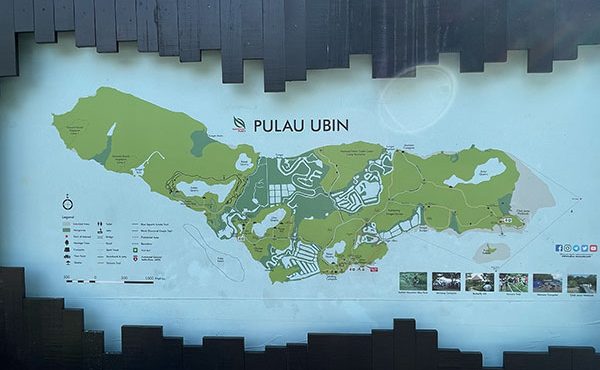

Authors: William G. Loy and Stuart Allen (University of Oregon Press, 2 revised ed., October 2001)
That we live in an “Information Age” is old news. We take for granted the marvelous technological feats we have achieved in the past few decades and the vast amounts of information – digital and physical – that we as a global society have managed to gather with a relatively short period of time.
Of the information gathered, the general public usually has ready access to the smallest fraction – either because we are not permitted access or because it takes extended amounts of time to forage through websites, books, and texts. Even if one manages to spend the time researching information relevant to a specific topic, it is often in the form of raw data (numbers, figures, etc.) that requires visual finessing and comparisons in order to make them meaningful.
When trying to deal with the places we inhabit, the amount of information required to understand it grows exponentially. After all, such an undertaking would require the analysis and compilation of data crossing several disciplines – geology, politics, sociology, history, to cite just a few. But that is exactly what the Historical Atlas of Oregon (2nd edition) does……and it does it extremely well.
The book is broken down into four meta-sections – Human Geography, The Economy, Physical Geography, and Reference Maps – each of which is broken down into several subsections that includes a vast amount of information graphics: from maps and graphs, to charts and histograms. The information spans centuries – from the geologic formation of the land through early settlement to recent times.
Just to give one a taste of the types of quirky information within, one can find: the spread of epidemics spanning 1775-1853, tourism/travel dollars per capita based on location, land ownership maps, state household income maps, percentage of poverty graphics, future precipitation scenarios, and soil index maps….to name just a few.
Although it is easy for this amount of information to be intimidating, the book does a fabulous job of synthesizing all this complex data (with the help of some of the most advanced softwares) into easy-to-read, clear information graphics. So exquisite is this display, that Edward Tufte described it as “superb, ranking among the very best atlases ever” on his website – extremely high praise from one of the leading minds on information design.
Although one may not be interested in learning about Oregon, in particular, it is the type of book that mesmerizes its readers once they pick it up. One can only dream about having such a reference for our province. It also speaks to me, about the complexity involved in attempting to understand our inhabited landscapes and how far we have come in our ability to gather and display such information clearly and coherently….truly amazing.
Regardless of geographic location or academic inclination, I recommend this book to anybody and everybody wanting to engage the wonders that the information age has brought us.
***
Erick Villagomez is the Editor-in-chief at Spacing Vancouver. He is also an educator, independent researcher and designer with personal and professional interests in the urban landscapes. His private practice – Metis Design|Build – is an innovative practice dedicated to a collaborative and ecologically responsible approach to the design and construction of places. You can also see some of his drawing and digital painting adventures at Visual Thoughts.



